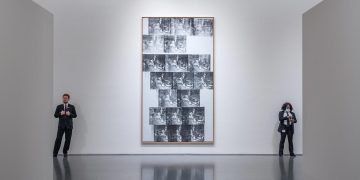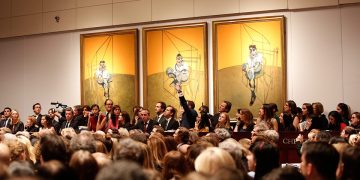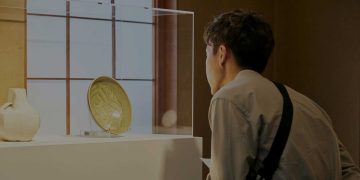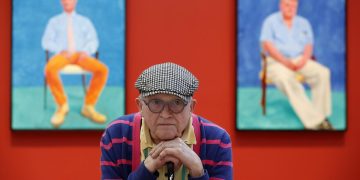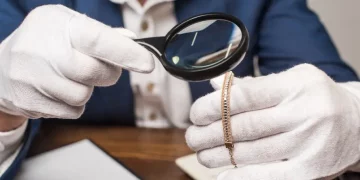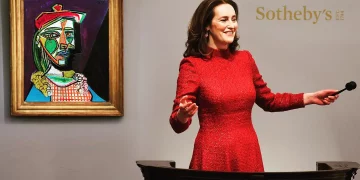The History of the Most Influential Collectors
Collecting has always been more than just a hobby; for some, it’s a passion, a pursuit of history, or a way to preserve the past. The most influential collectors of all time have not only amassed valuable items, but they have also helped to shape markets, cultural movements, and even public perception of certain objects. Their collections have become benchmarks for quality and have influenced how items are valued across various fields, including art, literature, antiques, and even automobiles.
One of the earliest and most influential collectors was the legendary German merchant, Augustus the Strong. Living in the 18th century, Augustus amassed one of the most extensive collections of porcelain, which contributed greatly to the development of European porcelain manufacturing. His collection became so influential that it helped establish Dresden as a central hub for the production of porcelain in Europe. His collection also played a pivotal role in the development of the modern notion of what a museum is—an institution where collections of great value are kept for public education and enjoyment.
Another towering figure in the world of collecting is J.P. Morgan, the American banker who amassed one of the finest collections of rare books, manuscripts, and works of art. Morgan’s collection became an inspiration for modern museum curators. His donation of hundreds of priceless works to the public—most notably to the Metropolitan Museum of Art in New York—helped define the American museum scene. Morgan’s legacy continues today, with the J.P. Morgan Library & Museum serving as a testament to the power of private collections to shape public culture.
In the realm of fine art, collectors such as Peggy Guggenheim and David Rockefeller have left an indelible mark on the art world. Peggy Guggenheim, an heiress and patron of the arts, built one of the most influential modern art collections of the 20th century, including works by Jackson Pollock, Picasso, and Duchamp. Her collection, housed in the Guggenheim Museum in Venice, was one of the defining influences on the American Abstract Expressionist movement. Similarly, David Rockefeller’s collection of modern art has had a lasting impact on both the market and the way we view art as an investment.
How Their Collections Shaped the Market Today
The impact of these legendary collectors extends far beyond their personal collections. Their influence can still be seen today in the way we view valuable objects, how they are marketed, and how collectors and enthusiasts approach their collections.
The concept of collecting as a form of investment became a reality thanks to collectors like J.P. Morgan and David Rockefeller. Morgan’s donation of rare and significant works of art helped to establish the concept of private collections being integral to public cultural life, encouraging future generations of wealthy individuals to collect with an eye on both aesthetic value and future financial return. Today, works of art, rare books, and other collectibles are often treated as assets, sometimes even outpacing traditional financial investments.
Peggy Guggenheim’s influence on the art market is also noteworthy. She recognized the value of promoting and supporting modern artists who had little recognition at the time but would go on to shape the direction of 20th-century art. Artists like Jackson Pollock and Mark Rothko, whose works were once seen as unmarketable, became highly valuable as a result of Guggenheim’s support. Her commitment to modern art helped build a bridge between artists and collectors, resulting in the establishment of a market for abstract art that continues to thrive today.
In the realm of rare books, collectors like J.P. Getty and Bill Gates have played a significant role in shaping the market for rare manuscripts and first editions. Getty’s collection, which includes rare medical texts and illuminated manuscripts, helped establish a market for historically significant books. Bill Gates, on the other hand, made headlines in 1994 when he purchased the Codex Leicester, a manuscript by Leonardo da Vinci, for a record $30.8 million. This purchase solidified the concept of rare books being highly coveted and valuable assets, encouraging collectors to seek out similarly significant manuscripts.
The world of antiques and vintage cars has also been significantly shaped by the influence of collectors. Figures like Ralph Lauren, who has a world-renowned collection of vintage automobiles, and the aforementioned Paul Allen have made collecting cars not just a hobby but a high-status activity. The values of vintage automobiles have skyrocketed as a result of these influential collectors, turning what was once a niche passion into a multi-billion-dollar industry. Today, collectors like Jay Leno and others are continuing this tradition, ensuring that the market for rare and vintage automobiles will continue to flourish.
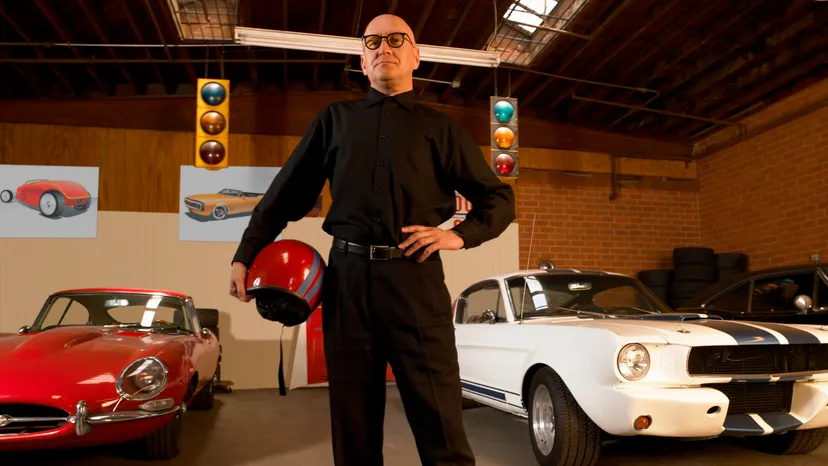
Recent Updates on the Collections of These Influential Figures
As time progresses, the collections of these influential figures continue to make news. Auctions of their items and the ongoing contributions of their estates to museums and public collections keep their legacies alive and relevant. The collections of individuals such as David Rockefeller, Peggy Guggenheim, and others have found new homes in public institutions, continuing to influence the art market.
David Rockefeller’s extensive collection of modern art was auctioned off in 2018, with proceeds from the sale going to various charitable causes. The sale made headlines not only because of the staggering $832 million raised but also due to the incredible works that were included, such as pieces by Picasso, Monet, and Matisse. The auction solidified Rockefeller’s reputation as one of the most influential art collectors of the 20th century, and his collection remains an important part of the art world’s history.
Similarly, Peggy Guggenheim’s collection continues to shape the world of art. Her museum in Venice, the Peggy Guggenheim Collection, remains one of the most important modern art museums in the world. It houses works from her personal collection, including pieces by artists she personally championed. The museum’s legacy continues to influence both collectors and art enthusiasts, maintaining her position as one of the most influential patrons of modern art.
Paul Allen’s collection of rare automobiles and fine art has also been a topic of recent interest. Allen, who passed away in 2018, left behind an extraordinary collection that was auctioned in 2022. His collection included works by renowned artists such as Van Gogh and Klimt, as well as vintage cars and artifacts from throughout history. The auction set new records, proving once again the enduring value of collections amassed by visionary collectors. His estate’s ongoing influence on the automobile and art markets ensures his legacy will live on for years to come.
Key Lessons from Legendary Collectors for Modern Enthusiasts
The most influential collectors of all time have left a wealth of knowledge and lessons for modern enthusiasts to absorb. These lessons extend beyond just the acquisition of rare and valuable objects. They emphasize the importance of passion, knowledge, and long-term vision in building a meaningful collection.
One of the key lessons modern collectors can learn from figures like J.P. Morgan and David Rockefeller is the importance of curating a collection that reflects personal taste and values. It is not enough to simply collect items because they are valuable; a true collector builds a collection that speaks to their interests, be it a specific period of art or a particular area of history. Like Rockefeller, who spent decades building his collection of modern art, enthusiasts today can learn the importance of patience and dedication to the pursuit of high-quality items that align with their passions.
Another important lesson is the role of philanthropy in collecting. Many of the most influential collectors have used their collections to support public institutions, whether by donating items or by establishing museums to house their works. J.P. Morgan’s donation of artworks to the Met and David Rockefeller’s auction proceeds benefiting charitable causes show how collecting can be a vehicle for giving back to society. Modern collectors can draw inspiration from this philanthropic approach, ensuring that their collections contribute to a broader cultural and social impact.
Additionally, collectors today can learn from Peggy Guggenheim’s ability to recognize and support emerging artists. Her willingness to invest in unrecognized talent helped shape the trajectory of modern art. Similarly, today’s collectors can take cues from Guggenheim’s approach by not just focusing on established artists but by also championing the work of new, underrepresented talent. This approach not only adds value to a collection but also shapes the future of the market.
Finally, the importance of research and knowledge cannot be overstated. Legendary collectors like J.P. Morgan and Bill Gates amassed collections not just because they had the financial means but because they had an in-depth understanding of the items they were collecting. Modern enthusiasts should also invest time in learning about the history, significance, and value of the items they wish to collect. The knowledge that comes with collecting enables collectors to make informed decisions, avoid pitfalls, and preserve the integrity of their collections for generations to come.










